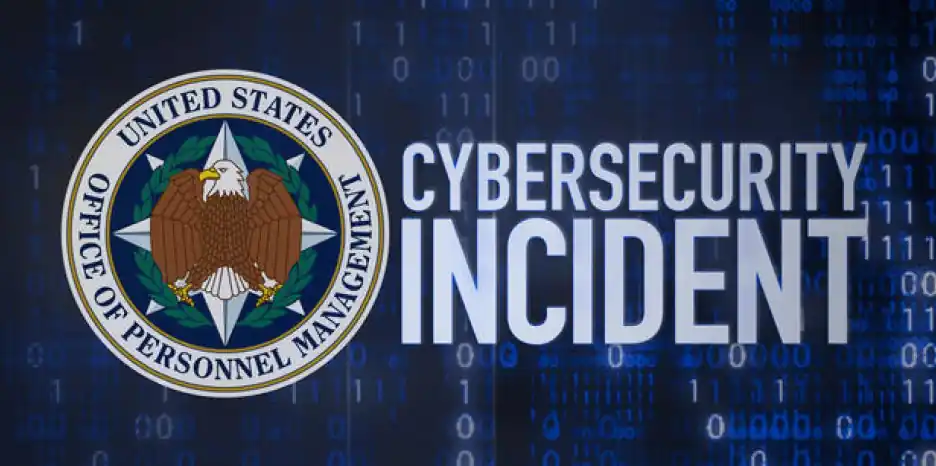Dive into the world of Sensitive Personal Information (SPI), unraveling its types and importance. Learn why SPI is the treasured fortress in the digital age that demands steadfast guarding.
In this article:
- Introduction
- What is Sensitive Personal Information (SPI)
- Why is SPI a Prime Target for Cyber Threats?
- Case Study: Real-world Instances of SPI Breaches
- Conclusion

Introduction
In the fast-paced era of digitalization, data has evolved into an invaluable asset, a currency that underpins every technological advance. Amid this data-driven ecosystem, there’s a type of data that requires extra layers of protection and reverence – Sensitive Personal Information (SPI). As cyber threats grow and privacy concerns soar, comprehending SPI is more than a mere exercise in vocabulary expansion. It is a critical step toward fostering robust data privacy practices, ensuring regulatory compliance, and safeguarding an individual’s most personal details from unscrupulous entities.
This enlightening discourse delves deep into the core of SPI, unraveling its different facets and intricacies. It serves to enlighten the audience, primarily technology enthusiasts, network professionals, and privacy advocates, on the true essence of SPI. Together, we shall traverse through the realms of this fortress-like data, understanding its constituents, and the dire need for its steadfast guarding in our progressively digital world.
What is Sensitive Personal Information (SPI)?
Sensitive Personal Information (SPI) refers to the subset of personal data that, if disclosed, altered, or destroyed, can result in substantial harm to an individual’s privacy or security. This form of data extends beyond the conventional concept of personally identifiable information (PII), delving deeper into the realms of an individual’s life that are often deemed as private or highly confidential. SPI includes a spectrum of data types that touch upon the core of one’s identity, beliefs, and conditions.
These encompass medical records that offer glimpses into one’s health history, biometric data that uniquely identifies a person, data denoting racial or ethnic origins, information about religious beliefs, and financial information that details one’s economic circumstances. Given its highly private and intimate nature, SPI is often considered the ‘crown jewels’ of personal data, requiring heightened levels of protection and management.
Why is SPI a Prime Target for Cyber Threats?
As we navigate the labyrinthine digital world, the issue of cyber threats is increasingly looming large, especially when it comes to Sensitive Personal Information (SPI). But why does SPI magnetize nefarious actors in the cyber realm, you may wonder? The answer lies in the core attributes of SPI, and the inherent value it holds in various facets of personal, financial, and societal contexts.
SPI’s allure to cybercriminals emanates from its intimate association with an individual’s life, identity, and wellbeing. Medical records, for instance, offer a wealth of information ranging from health history to insurance details, which can be exploited for identity theft, fraudulent claims, or even personalized phishing attacks. Biometric data, which uniquely identifies an individual, if compromised, can have long-lasting repercussions since unlike passwords, physical traits cannot be reset. Religious beliefs and racial or ethnic origin data can be misused to fuel discrimination, hate crimes, or targeted attacks. Financial information, perhaps the most commonly targeted, can enable direct monetary gain through fraudulent transactions or ransom.
Furthermore, SPI is enticing for cyber threats due to the ‘ripple effect’ it can generate. Breaching SPI does not just affect the individual in question, but can create widespread panic, undermine trust in institutions that handle such data, and even affect the stock market performance of breached entities. Consequently, the aftermath of an SPI breach can be far more devastating and far-reaching than other forms of data breaches, making it a prime target for cyber threats.
» Don’t miss the article: What is SHA256?
Case Study: Real-world Instances of SPI Breaches
In order to further underscore the gravity of SPI breaches and their consequential impacts, let us navigate through a few real-world instances that have rocked the digital world.
One poignant example is the infamous Equifax data breach of 2017, where sensitive information of nearly 147 million people was exposed. The compromised data was not just typical personal information, but SPI including social security numbers and financial details. The fallout was catastrophic, leading to massive class-action lawsuits, a shakeup in the company’s leadership, and a blow to the company’s reputation that still resonates.
In another instance, Anthem, one of the largest health insurance companies in the U.S, suffered a massive breach in 2015. Over 78.8 million records, including SPI such as medical IDs and healthcare records, were exposed. The breach led to an avalanche of legal consequences for Anthem, not to mention the enormous blow to the trust that individuals placed in the company to safeguard their most personal information.

A unique example of an SPI breach involving biometric data is the breach suffered by the Office of Personnel Management (OPM) of the U.S. government in 2015. Among the compromised data were 5.6 million fingerprint records, a clear indication of the magnitude of threats to biometric data.
These instances elucidate the grave reality of SPI breaches. They serve as potent reminders of the dire need for enhanced safeguards and effective cyber threat management mechanisms to protect this treasured fortress of data.
» To read next: What is Hacking?
Conclusion
As we tread deeper into the digital age, understanding and guarding Sensitive Personal Information (SPI) will continue to be a paramount concern. This critical subset of data, encapsulating the most intimate details of an individual’s life, serves as both a pillar of personal identity and a magnet for cyber threats. The increasingly sophisticated landscape of cybercrime illustrates the need for robust and adaptive strategies to safeguard SPI.
The stories of real-world breaches we explored serve as a stark reminder of the vulnerabilities that exist, and the dramatic consequences when those vulnerabilities are exploited. They provide compelling evidence of the urgent need to bolster our defense mechanisms and cultivate a culture of cyber awareness and proactive protection.
As technology enthusiasts, network professionals, or privacy advocates, we hold the key to fortifying the defenses around SPI. The goal isn’t just about averting financial loss or regulatory non-compliance; it’s about preserving human dignity, trust, and personal safety in an increasingly interconnected world.
With the knowledge gleaned from this exploration of SPI, we are better equipped to appreciate its significance, understand its vulnerabilities, and prioritize its protection. Ultimately, safeguarding SPI is an ongoing journey, one that requires continuous learning, adaptation, and vigilance. Together, we can build a digital world that respects privacy, protects personal identity, and offers a safer environment for everyone. The understanding of SPI and the determination to protect it is more than just a professional obligation – it’s a social responsibility, a commitment to the broader ethos of digital humanity.